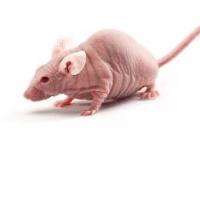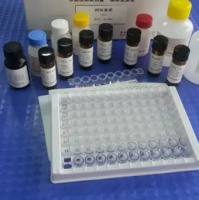Genetically Engineered Mice: Husbandry and Resources
互联网
590
Random and selective techniques to alter the mouse genome are now providing powerful tools for biomedical research. These strains provide experimental systems for understanding gene function, for studying defects in specific human genetic diseases, for preclinical testing of therapeutic agents and for developing new therapeutic interventions such as gene therapy (1 ,2 ). Even for diseases such as AIDS, which are not normally considered to be of genetic origin, these model systems are important for understanding the underlying pathophysiology of the disease process. In addition, such model systems permit studies that are inappropriate or impossible in human beings. There now exist valuable mouse models for virtually every major category of human health with new strains being generated daily. The use of these strains is rapidly spreading to scientists who have never previously used mice for investigative purposes. The Induced Mutant Resource (IMR) was established at The Jackson Laboratory (TJL), Bar Harbor, ME, in 1993 with the purpose of selecting, importing, archiving, and distributing these genetically engineered mouse strains to the scientific community (3 ). Adding this resource was considered to be a natural extension of ongoing activities at The Laboratory (over 2500 stocks are currently available from TJL as breeding mice, frozen embryos, or DNA samples). Even so, in 1993 there was uncertainty about the extent to which such a resource would be utilized.








